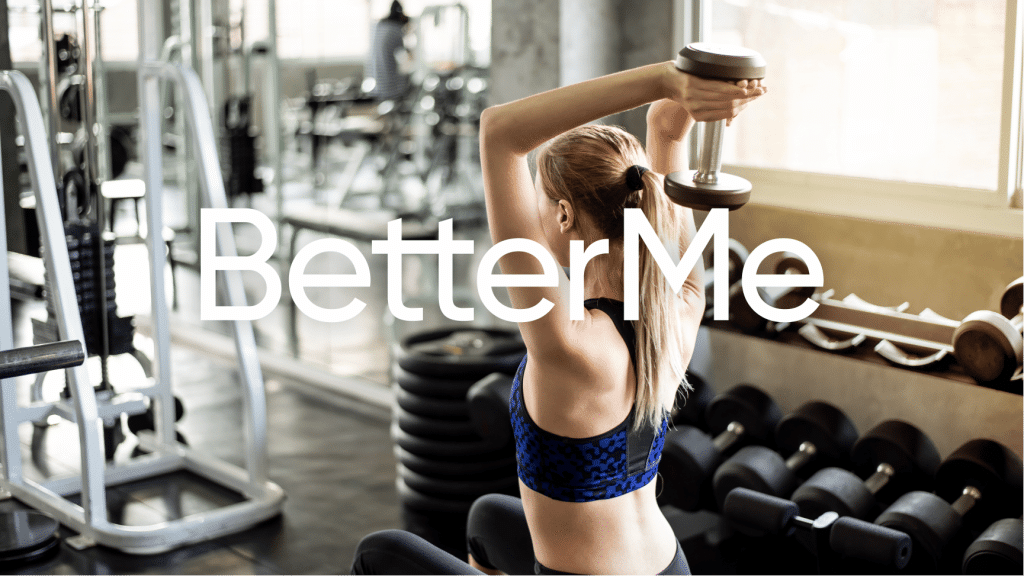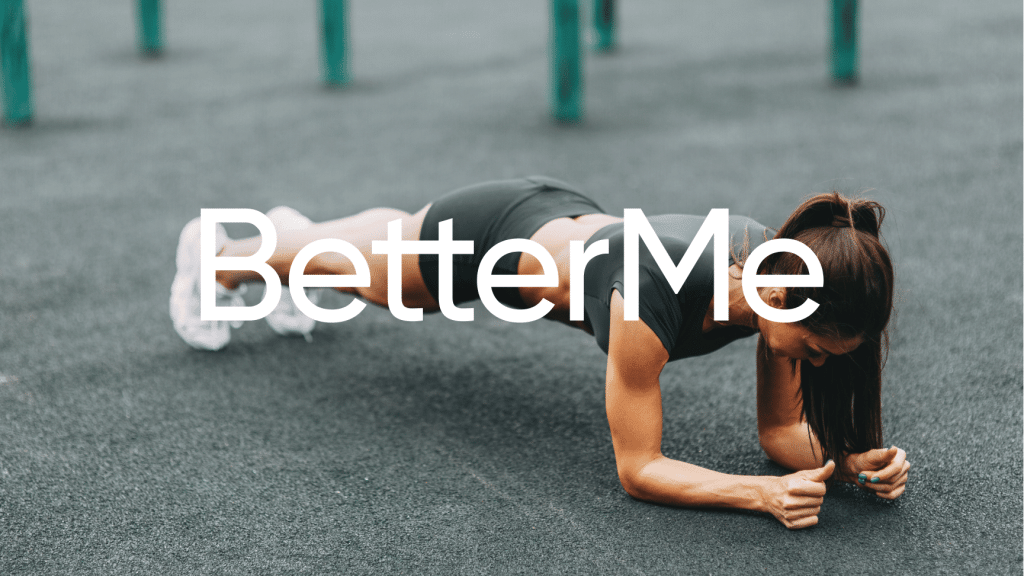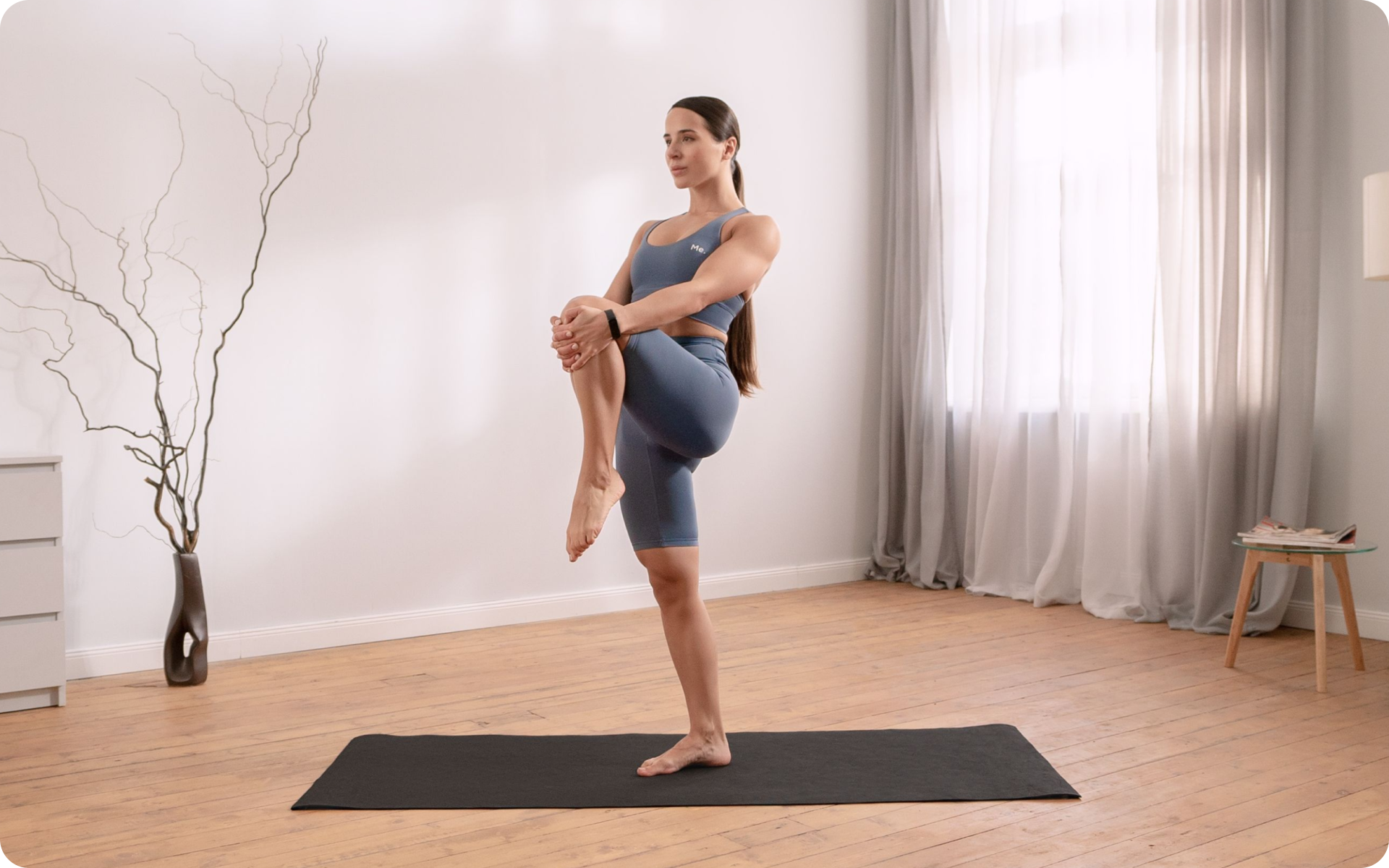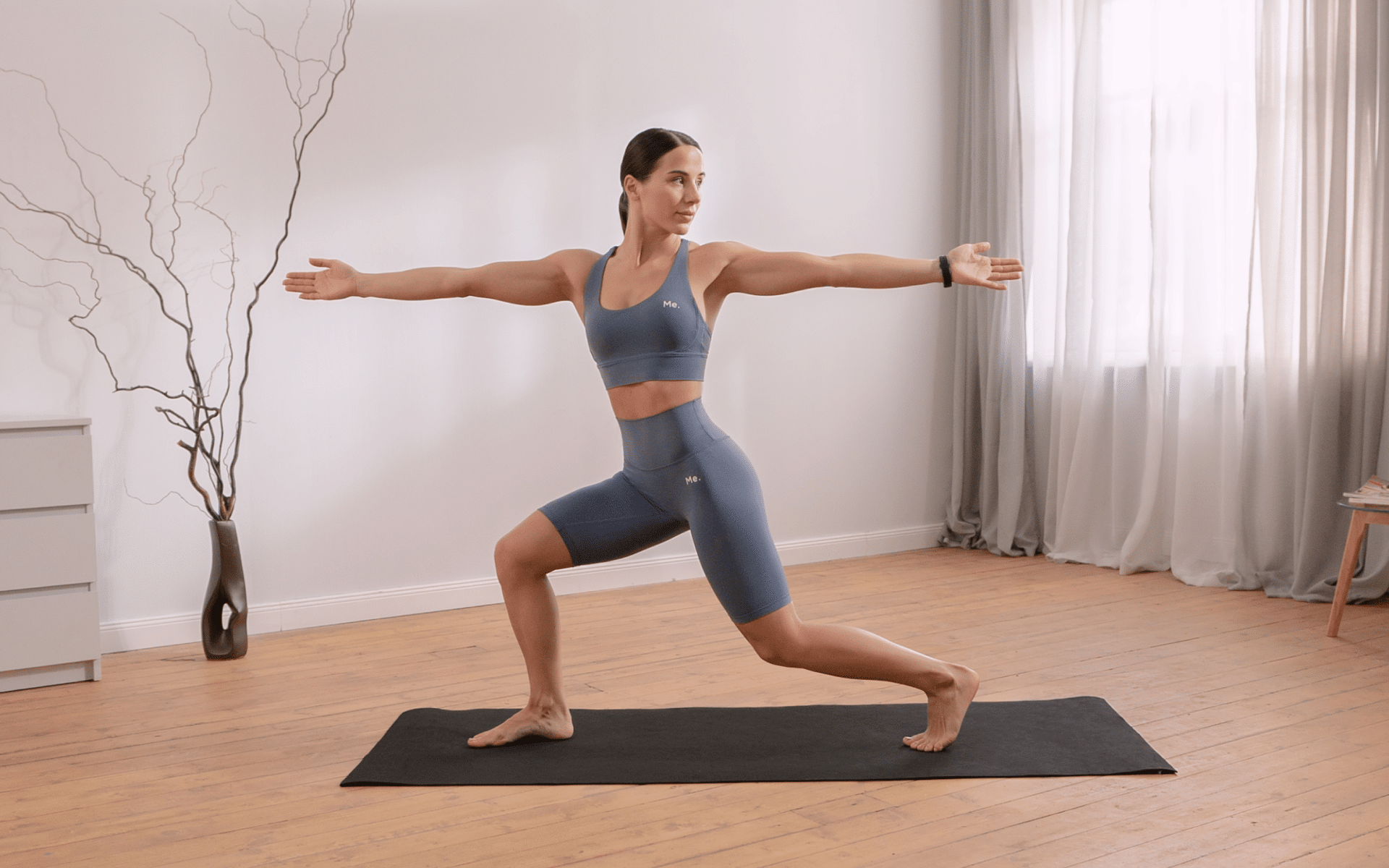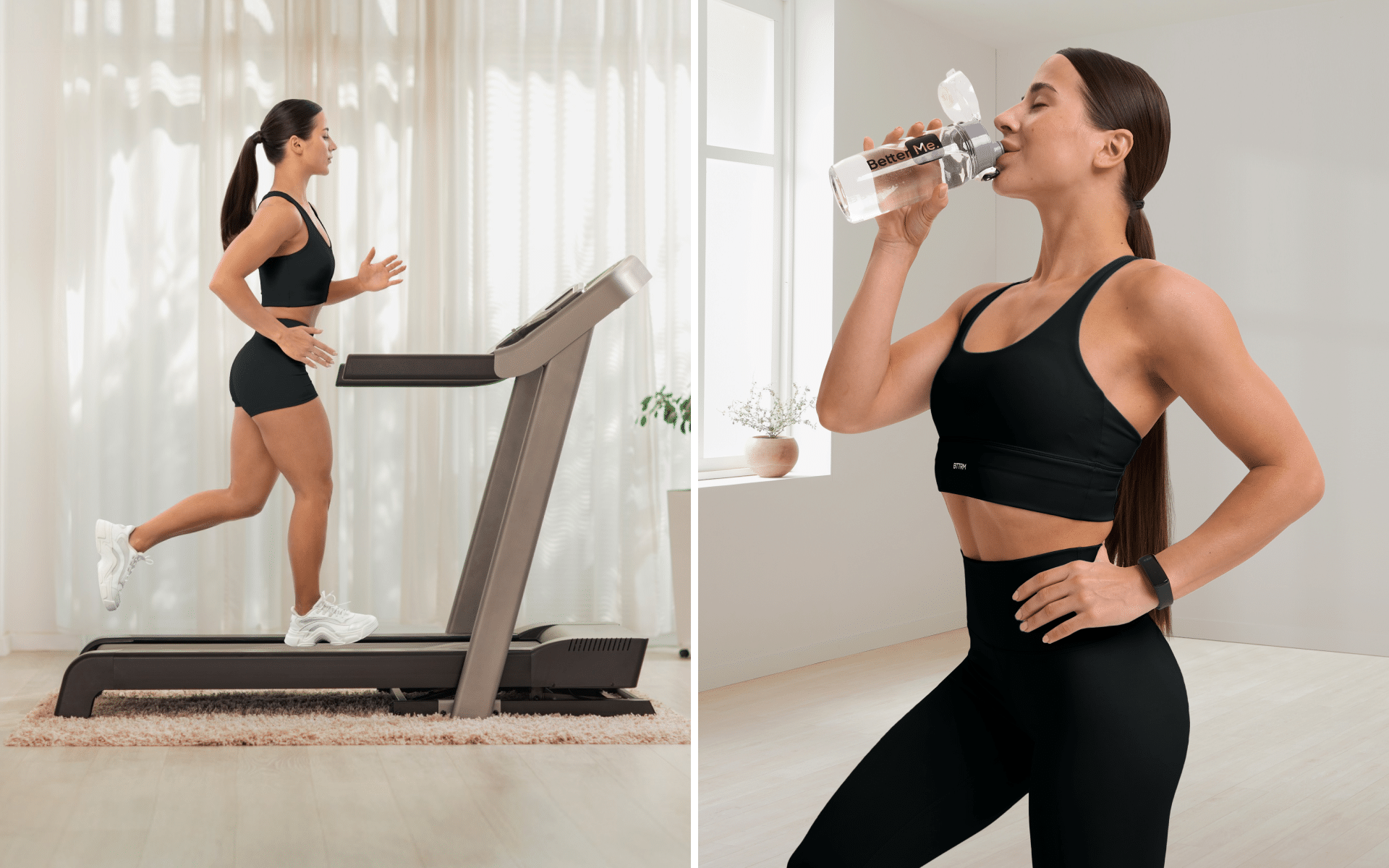We all need to move more if recent statistics are anything to go by. According to the World Health Organization, physical inactivity is the fourth leading risk factor for global mortality. Approximately 3.2 million deaths per year can be attributed to a lack of physical activity (11). The international organization cites disabling medical conditions such as heart disease, stroke, and type 2 diabetes among its list of ailments linked to a sedentary lifestyle (12). Fortunately, cardiovascular exercise can help reduce the risks associated with not getting enough physical activity. Commonly known as “cardio,” this type of exercise is an excellent way to build a strong and healthy heart. Not only does cardio reduce the risks of developing serious illnesses, but it can also help people lose weight, improve blood pressure, and maintain mental acuity (5). Although all types of cardio will bring about these benefits, there are seven main variations of the exercise that athletes have used for years to stay fit and healthy. Below, we’ll explore each of these types of cardio along with their pros and cons.
What Are Cardiovascular Exercises?
Cardiovascular exercises, or simply ‘cardio’, are activities that increase the heart rate for an extended period of time.
A distinguishing factor that sets cardio apart from other types of physical exercises is that it increases the body’s oxygen consumption, which in turn increases the amount of oxygen delivered to the muscles (14).
This cycle helps to strengthen the heart because it forces it to work harder, thus creating more efficient pumps.
The benefits of a strong heart are far-reaching—it can help to improve blood pressure, reduce the risk of heart disease and stroke, and boost overall energy levels (6).
Cardio exercise can also help to elevate the body’s metabolism, which can lead to fat loss (2). This is why many athletes rely on cardio as a component of their overall training program.
The average Joe or Jane can also benefit from regular cardio, as it can help to improve their overall health and fitness.
Approaching cardio in the right way is key to maximizing its benefits. Different types of cardio will achieve different results, as the body responds differently to different forms of exercise.
One measure commonly used to differentiate the different types of cardio is intensity (measured with the talk test or the Borg Scale of Perceived Exertion) (1) (10). Intensity can be divided into three categories: low, medium, and high.
Low intensity is generally considered to be any exercise performed at less than 60 percent of a person’s maximum heart rate (i.e. the highest heart rate one can safely achieve during exercise).
Using the talk test, low-intensity workouts are ones where a person is still able to talk comfortably without needing to take frequent breaks. The Borg Scale of Perceived Exertion puts this range at a 4-5 out of 10.
Medium intensity is considered any exercise performed between 60 and 80 percent of a person’s maximum heart rate. This corresponds to an exertion level of 6-7 on the Borg Scale, and one should be slightly breathless but still able to talk comfortably with short pauses.
Read More: Is Jumping Rope Good Cardio? Pros, Cons, And Tips To Make The Most Out Of Your Workout
High intensity is defined as any exercise performed at more than 80 percent of a person’s maximum heart rate. This is considered an exertion level of 8 or higher on the Borg Scale, and one should be unable to talk comfortably as a result of the exertion.
Why does the intensity level matter so much for different types of cardio? The answer is found in the complexities of human physiology. Different intensity levels help to target different energy systems and achieve certain performance goals.
For example, a low-intensity, long-duration workout is great for developing endurance and aerobic capacity. That’s because it relies heavily on the body’s aerobic energy system, which is fueled by oxygen and fat.
Anyone who’s keen on improving their cardiovascular health should consider incorporating this type of workout into their regimen. Furthermore, the intensity determines how long and how often a person should do cardio in order to see results.
Now that you’re familiar with the basics of different intensity levels, let’s take a look at the 7 types of cardio and their respective pros and cons.
-
Low Intensity, Long Duration Cardio (40-60% Maximum Heart Rate)
If your understanding of cardio is someone plodding away on the treadmill, or marathon runners, you’re thinking of low intensity, long duration cardio. This type of exercise is performed at a low to moderate pace and lasts for forty-five minutes up to an hour.
Think walking, jogging, biking at a relaxed pace, swimming laps in the pool, or using the elliptical machine at a steady state.
Pros
Low intensity, long duration cardio provides all of the benefits of a traditional cardio workout—increased heart health, better endurance, improved aerobic capacity.
In addition to this, it has a significantly lower risk of injury than higher intensity workouts.
Cons
Low intensity, long duration cardio can be repetitive and monotonous, so you may need to mix it up if you’re looking for variety in your workouts. It also isn’t as effective as higher intensity workouts when it comes to burning fat quickly and efficiently.
Who it’s ideal for: Beginners, those who want to improve their overall cardiovascular health and endurance, and those looking for a low impact workout.
If you struggle to even flirt with the idea of giving up your favorite foods or working out till your legs give way – BetterMe app is here to breathe a fresh perspective into the way you view the weight loss process! Check out the app and experience the fun side of fitness and dieting with BetterMe!
-
Medium Intensity, Medium Duration Cardio (70% Max Heart Rate)
Medium intensity, medium duration cardio is any exercise performed at a slightly more intense level for a shorter period of time than low intensity, long duration cardio.
Think jogging at a steady pace for 30 minutes or biking fast enough that your heart rate is elevated but not so fast that you can’t carry on a conversation.
Pros
Medium intensity, medium duration cardio is more effective at burning fat and calories than low intensity, long duration cardio. It also provides an increased cardiovascular benefit and improved endurance with a lower risk of injury compared to high intensity workouts.
Cons
Medium intensity, medium duration cardio can be difficult to maintain for a long period of time due to the increased intensity level. Doing this exercise for more than 40 minutes can also lead to an increased risk of injury.
Who it’s ideal for: Beginners with a fairly good level of overall fitness, those looking for a moderate-intensity workout, and those wanting to increase their cardiovascular health.
-
High Intensity, Short Duration Cardio (80-85% Max Heart Rate)
High intensity, short duration cardio is any exercise done at a very high intensity for a short period of time. Think sprinting on the treadmill, swimming laps at a fast pace, or doing burpees for 30 seconds.
It involves nearing the Anaerobic Threshold, which is the point at which your body can no longer take in enough oxygen to continue exercising. The high intensity of this type of cardio limits your exercise duration to 5-20 minutes, depending on your level of fitness.
Pros
High intensity, short duration cardio is the most effective way to burn calories and fat quickly and efficiently. It also boosts your metabolism, helps to increase muscle mass, and improves cardiovascular health.
Cons
High intensity, short duration cardio is very intense and has a high risk of injury. It can also be difficult to maintain for a long period of time, as it requires a great deal of energy and focus. The stress that it places on your body can also lead to fatigue, soreness, and even burnout.
Who it’s ideal for: Advanced exercisers, those looking to boost their metabolism and burn calories quickly, and those looking to improve their overall fitness and cardiovascular health.
Read More: HIIT Vs Cardio For Weight Loss And Health Benefits: Which One Should You Do?
-
Aerobic Interval Training
Interval training is a type of cardio that involves alternating periods of high and low intensity exercise or rest (13).
In the case of aerobic interval training, the intervals consist of high intensity exercise performed at a level near your Anaerobic Threshold followed by low intensity periods of exercise that are used to recover.
For example, you could alternate running at a slow speed with intervals of sprinting. The idea is to push your body to its limits during the high intensity intervals and then recover during the low intensity intervals (5 minute run, 3 minute walk x 5).
You should choose a pace you can maintain without stopping completely throughout the intervals.
Pros
Aerobic interval training is an effective way to burn fat and calories quickly. It also boosts your metabolism, increases muscle mass, and improves cardiovascular health (7). Performance-wise, it can help you to run faster and further than before.
Cons
Aerobic interval training is very intense and can be difficult to maintain for a long period of time. Doing this exercise for more than 40 minutes can also lead to an increased risk of injury (8).
Who it’s ideal for: Advanced exercisers, those looking to increase their cardiovascular health and performance, and those wanting to burn fat and calories quickly.
-
Anaerobic Interval Training
Anaerobic interval training is similar to aerobic interval training in that it involves alternating periods of high and low intensity exercise or rest. However, anaerobic interval training is done at a higher intensity than aerobic interval training (85 to 100% of your Maximum Heart Rate).
After the intense bout, you can rest completely (versus active rest) for a short period of time, or even longer if you are training for an endurance event.
For example, you could alternate sprinting with jogging or walking. The goal is to push your body to its limits during the high intensity intervals, and then recover during the low intensity intervals.
Pros
Anaerobic interval training is an effective way to burn fat and calories quickly. It also boosts your metabolism, increases muscle mass, and improves cardiovascular health. Performance-wise, it can help you to run faster and further than before.
Cons
Anaerobic interval training is very intense and can be difficult to maintain for a long period of time. Doing this exercise for longer than 20 minutes can also lead to an increased risk of injury.
Who it’s ideal for: Advanced exercisers, athletes, those looking to increase their cardiovascular health and performance, and those wanting to burn fat and calories quickly.
Whether you’re a workout beast or just a beginner making your first foray into the world of fitness and dieting – BetterMe has a lot to offer to both newbies and experts! Install the app and experience the versatility first-hand!
-
Fartlek Or Speed Play Training
Fartlek training is a type of interval training that involves varying the intensity and duration of your running. During these sessions, you alternate between sprinting, jogging, and walking (4).
The goal is to challenge your body by pushing it to its limits during the sprints and then allowing it to recover during the jogging or walking.
Athletes benefit from incorporating Fartlek training into their program as it allows them to work on speed, power, and endurance.
Pros
Fartlek training is an effective way to burn fat and calories quickly. It also boosts your metabolism, increases muscle mass, and improves cardiovascular health (4).
Performance-wise, it can help you to run faster and further than before (3). If your routine has become mono-dimensional, Fartlek training can help you to break out of your rut.
Cons
Fartlek training is very intense and can be difficult to maintain for a long period of time.
Who it’s ideal for: Athletes, those looking to increase their cardiovascular health and performance, those looking to switch up their routine, and those wanting to burn fat and calories quickly.
-
Circuit Training
Circuit training is a type of interval training that involves alternating between different exercises or sets of exercises (9).
During these sessions, you typically move from one exercise to the next with little rest in between. The goal is to challenge your body by pushing it to its limits during each exercise.
Think of circuit training as aerobic weight training. Exercises like push-ups, burpees, squats, and jumping jacks are all great examples of exercises that can be included in a circuit training session.
Pros
Circuit training is an effective way to burn fat and calories quickly. It also boosts your metabolism, increases muscle mass, and improves cardiovascular health (9).
Performance-wise, it can help you to improve strength and power in all muscle groups. For beginners to strength training, circuit training is a great way to learn the basics.
Cons
If you’re new to circuit training, you’ll take a while to master each exercise. It’s also not recommended for those with joint problems or a pre-existing health condition as it can be quite demanding on the body.
Who it’s ideal for: Beginners to strength training, those looking to increase their cardiovascular health and performance, and those wanting to burn fat and calories quickly.
The Bottom Line
Different types of cardio can all offer numerous benefits, depending on your goals. Low intensity, long duration cardio is ideal for those who are just starting out, while high intensity, short duration cardio is better suited to advanced exercisers.
Flexibility and variety are also important factors when it comes to choosing the right cardio for you. It’s best to try out different types of cardio and mix up your routine in order to get the most out of your workouts.
DISCLAIMER:
This article is intended for general informational purposes only and does not serve to address individual circumstances. It is not a substitute for professional advice or help and should not be relied on for making any kind of decision-making. Any action taken as a direct or indirect result of the information in this article is entirely at your own risk and is your sole responsibility.
BetterMe, its content staff, and its medical advisors accept no responsibility for inaccuracies, errors, misstatements, inconsistencies, or omissions and specifically disclaim any liability, loss or risk, personal, professional or otherwise, which may be incurred as a consequence, directly or indirectly, of the use and/or application of any content.
You should always seek the advice of your physician or other qualified health provider with any questions you may have regarding a medical condition or your specific situation. Never disregard professional medical advice or delay seeking it because of BetterMe content. If you suspect or think you may have a medical emergency, call your doctor.
SOURCES:
- Consistency of the talk test for exercise prescription (2004, pubmed.ncbi.nlm.nih.gov)
- Effects of aerobic and/or resistance training on body mass and fat mass in overweight or obese adults (2012, journals.physiology.org)
- Fartlek – A Training Method with Multiple Valences (2017, academia.edu)
- Fartlek Training with Personal Training Clients (2020, nsca.com)
- Health benefits of aerobic exercise (1991, pubmed.ncbi.nlm.nih.gov)
- Healthy heart, happy life (2014, ncbi.nlm.nih.gov)
- High-intensity interval training for health benefits and care of cardiac diseases – The key to an efficient exercise protocol (2019, hncbi.nlm.nih.gov)
- Injuries sustained during high intensity interval training: are modern fitness trends contributing to increased injury rates? (2019, pubmed.ncbi.nlm.nih.gov)
- Learn the Basics of Circuit Training (2011, acefitness.org)
- Perceived Exertion (Borg Rating of Perceived Exertion Scale) (2022, cdc.gov)
- Physical inactivity (n.d., who.int)
- Physical inactivity a leading cause of disease and disability, warns WHO (2022, who.int)
- Physiological adaptations to interval training and the role of exercise intensity (2016, physoc.onlinelibrary.wiley.com)
- ‘Aerobic’ and ‘Anaerobic’ terms used in exercise physiology: a critical terminology reflection (2015, sportsmedicine-open.springeropen.com)


